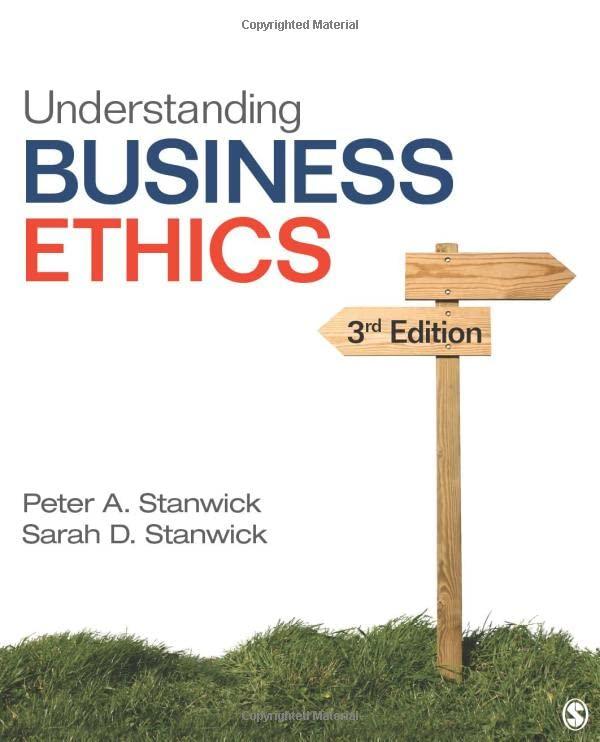Answered step by step
Verified Expert Solution
Question
1 Approved Answer
Micro cost/benefit analysis In 1984, Congress passed the National Organ Transplant Act, which outlawed the buying and selling of internal organs. The National Task


Micro cost/benefit analysis In 1984, Congress passed the National Organ Transplant Act, which outlawed the buying and selling of internal organs. The National Task Force on Organ Transplantation recommended to Congress in 1986 that organ donation remain purely voluntary, governed by the altruism of the donor or the donor's family. At the current price (zero), the quantity supplied of human organs doesn't come close to meeting the quantity demanded. In 2016, slightly less than 1 out of 4 patients with a diseased organ were able to get a transplant. This has led some people to call for allowing a market in organs. The families of donors would receive a cash incentive to provide organs for transplant; only after death (this proposal does not involve paying live donors for organs). One economist has estimated that a relatively low price for organs ($3000-$5,000) could greatly reduce if not eliminate the organ shortage. Hospitals would still be in charge of the transplant process, by matching patients with donated organs. However, more organs should be donated and more lives could be saved. Carefully read the information below, and then do three things with the data. (1) Make two columns (one for costs and the other for benefits) and place each piece of information in the correct column. (2) Prioritize each list, from most important to least important. (3) Write a three-paragraph analysis. Paragraphs one and two should explain why you feel the top two costs and top two benefits are the most important. Finally, paragraph three is your analysis, based on your interpretation of all the facts listed below, explain whether you believe we should pay donors for organs or not. The paper should be typed and no more than one page in length. 1. Under the current system, 22 Americans die every day waiting for an organ transplant. This number would drop significantly if a price rationing system were adopted. 2. Some people are concerned that if we pay the family members of donors, it will reduce altruism and replace it with greed. 3. Even worse, several studies suggest that paying for donations could reduce the incentive for some people to choose to be organ donors after death. 4. The group "Taxpayer Protection" claims that if more organs were available, the government would be forced to spend even more money on Medicare funded organ transplants, thus increasing the national debt. 5. However, at least one study has shown that organ transplants could be cheaper than terminal medical care (taking care of patients as they slowly die from lack of a transplant) as long as the patients live at least three years after the surgery. 6. Payments for organs will help families of the donors pay for burial costs and other death related expenses. 7. A group of religious leaders is concerned about coma patients. They fear that if families of coma patients know they can make money from the sale of the organs they might be more inclined to "pull the plug". 8. Some people are concerned that creating a market for organs might lead to people being killed to harvest their organs to be sold to others who can pay. 9. Hospital administrators point out that since hospitals will be in charge of removing and transplanting all organs this is extremely unlikely to happen. 10. Minorities often wait longer for transplants because fewer minorities donate their organs so there are not as many close matches. Price rationing could help alleviate this problem, as more organs should be available, thus increasing the chances for a close match. 11. Some people are very concerned that price rationing of organs could benefit the rich at the expense of the poor (if they are able to buy their way to the front of the line).
Step by Step Solution
There are 3 Steps involved in it
Step: 1

Get Instant Access to Expert-Tailored Solutions
See step-by-step solutions with expert insights and AI powered tools for academic success
Step: 2

Step: 3

Ace Your Homework with AI
Get the answers you need in no time with our AI-driven, step-by-step assistance
Get Started


